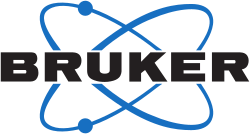Interherence is now part of Bruker.
The temperature control solutions VaHeat and AiroBox are continued and supported by Stable Scopes GmbH .
 ×
×

Interherence is now part of Bruker.
The temperature control solutions VaHeat and AiroBox are continued and supported by Stable Scopes GmbH .